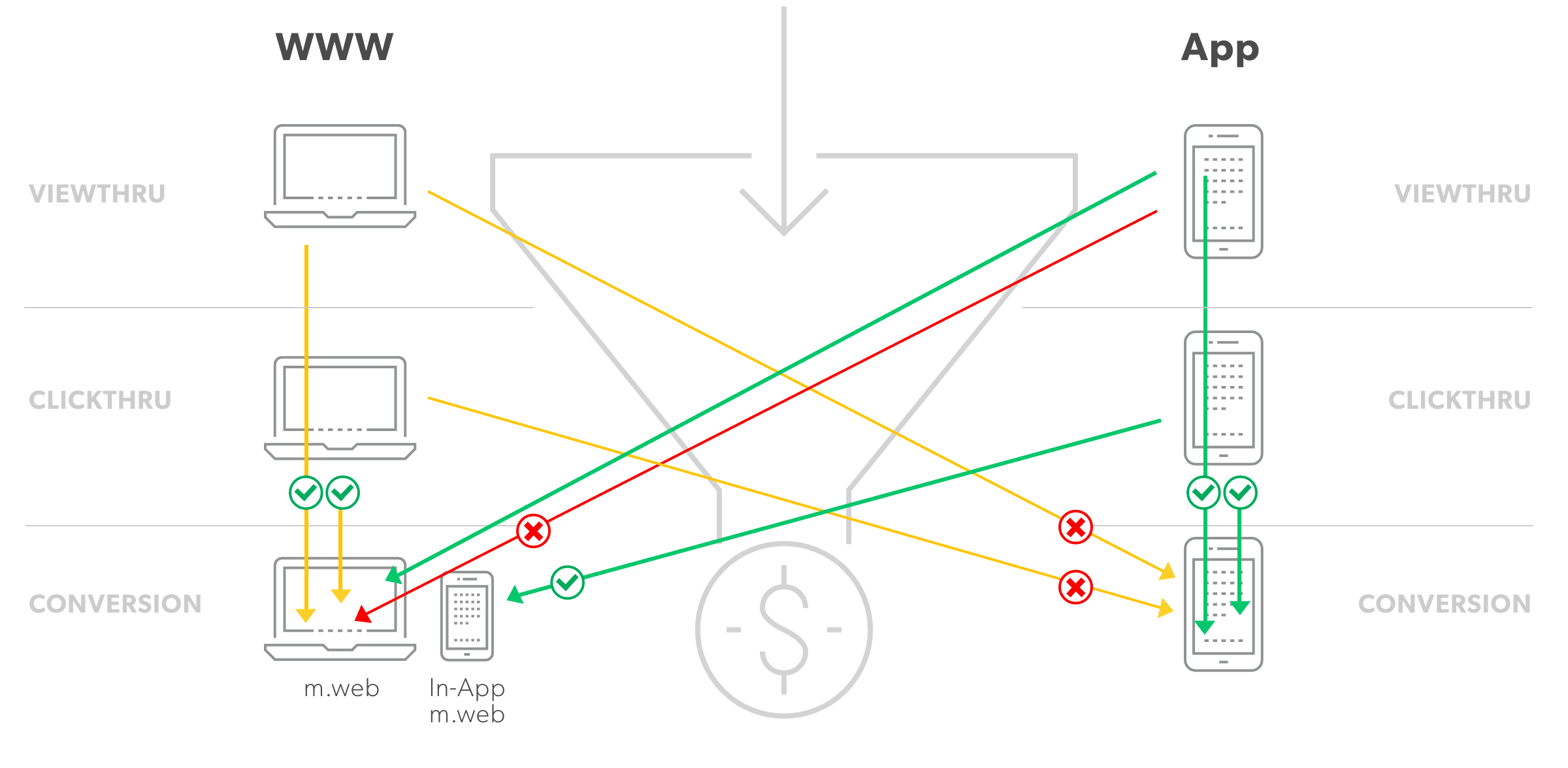


TRACKING DESKTOP AND MOBILE CONVERSIONS
Today's consumers work and play across multiple devices, which can make tracking difficult. But the problem is not as simple as someone seeing an ad on a mobile device and converting on a desktop. This month we help marketers understand how they can miss out on conversions in a number of different ways.
Understanding how consumers can slip through the net is vital to maximising spend. Fixing the problem can offer significant efficiencies — typically a 30 per cent return on ad spend. To make sure money is being spent in the right place it’s vital to be aware of the key challenges cross desktop and mobile.
As seasoned marketers, most of us are aware of the basics. We understand that cookies don’t join up across different browsers or in the same browser but over different devices. Similarly, it’s common knowledge that cookies don’t exist in-app, and there is no device ID for advertising on the web or mobile web.
The challenge is that we always need to be thinking about a way to link the conversion back to the ad, making sure that when a consumer converts we have a clear link back to the marketing event. There are issues across desktop and mobile but this week we’ll be looking at the key issues for desktop.

Desktop
Mobile
Coupled with the issues surrounding desktop, the additional and particular problems around mobile can create significant challenges for marketers in tracking their marketing spend.
Failing to track as much as 30 per cent of the value being generated has huge consequences for marketers. The implications are clear: if the measurement is incorrect, then so is the way the budget is being spent. Knowledge and understanding is essential when tracking desktop and mobile, which is why choosing the right ad partner is essential.